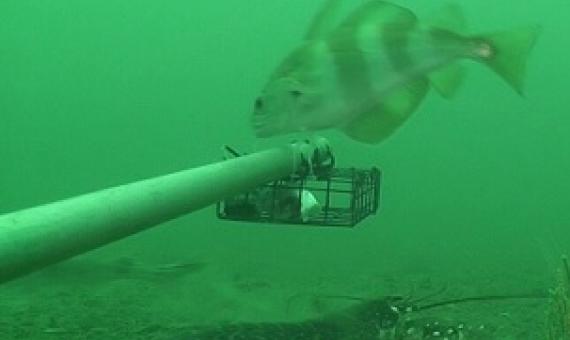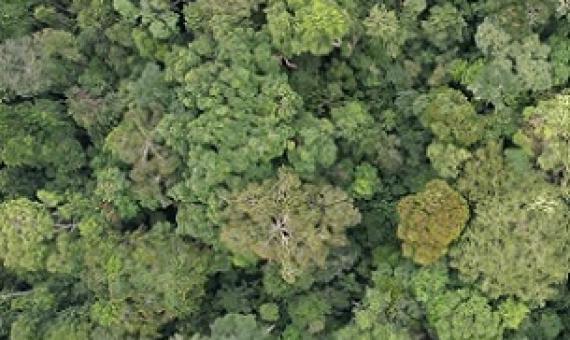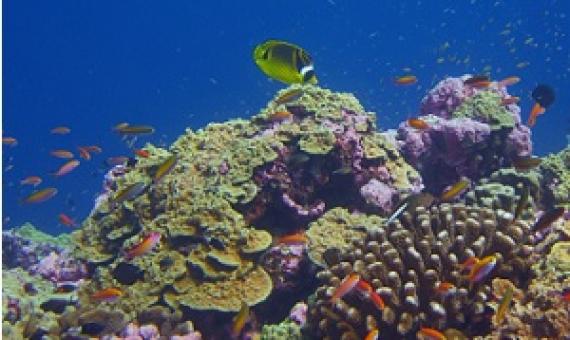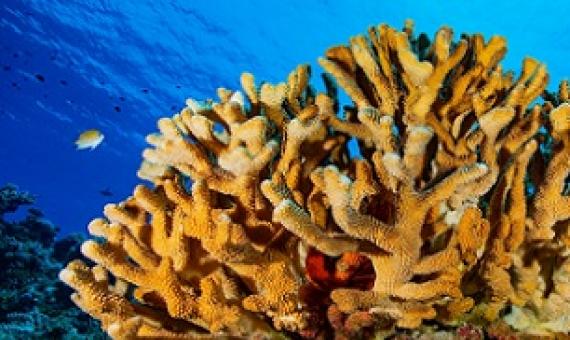In many protected areas, the distribution of funds for conservation seldom considers the Indigenous population’s views on how the money should be spent. In Fiji, the Indigenous iTaukei people co-manage Vatu-i-Ra Conservation Park, a marine protected area, under traditional rules and values.
A team of leading researchers have produced global maps for the six main threats affecting terrestrial amphibians, birds and mammals: agriculture, hunting and trapping, logging, pollution, invasive species, and climate change.
Protecting areas of the ocean and coastlines with "whole-site" Marine Protected Area (MPA) status can result in four-fold increases in the abundance and diversity of fish populations, a new study has shown.
Protected forests are unlikely to be cut down when they are surrounded by intact forests. Conversely, the more degraded the boundaries of a protected area are, the more likely that deforestation will encroach into the protected forest as well.
Increasing Coral Reef Resilience Through Successive Marine Heatwaves
Ocean warming is causing declines of coral reefs globally, raising critical questions about the potential for corals to adapt. In the central equatorial Pacific, reefs persisting through recurrent El Niño heatwaves hold important clues. Using an 18-year record of coral cover spanning three major bleaching events, we show that the impact of thermal stress on coral mortality within the Phoenix Island Protected Area (PIPA) has lessened over time.
Climate change is rapidly intensifying pressure on biodiversity around the globe and, particularly, on coral reefs. But despite dramatic losses at the hand of bleaching events, the future of reefs may not be as bleak as we imagined.
Scientists have completed the first-ever global, high-resolution map of the world’s shallow tropical coral reefs.
The Global Reef Expedition brought together a team of over 200 scientists, conservationists, government officials, and local experts who worked side-by-side conducting tens of thousands of underwater surveys of corals and reef fish communities.
Unity of Nature and Man: a new vision and conceptual framework for the Post-2020 Global Biodiversity Framework
People live in nature. However, substantial evidence confirms that, under the pressure of anthropogenic alteration, nature is being fragmented, imperiled and becoming less able to provide essential services. Biodiversity loss is the most significant signal of this depletion, and could profoundly impact the future of human beings and the rest of life on Earth. Against this background, Parties of Convention on Biological Diversity (CBD) agreed a 2011–2020 Strategic Plan and 20 Aichi Targets to halt continuing biodiversity loss.
Pathways to sustaining tuna-dependent Pacific Island economies during climate change
Climate-driven redistribution of tuna threatens to disrupt the economies of Pacific Small Island Developing States (SIDS) and sustainable management of the world’s largest tuna fishery. Here we show that by 2050, under a high greenhouse gas emissions scenario (RCP 8.5), the total biomass of three tuna species in the waters of ten Pacific SIDS could decline by an average of 13% (range =−5% to −20%) due to a greater proportion of fish occurring in the high seas.













